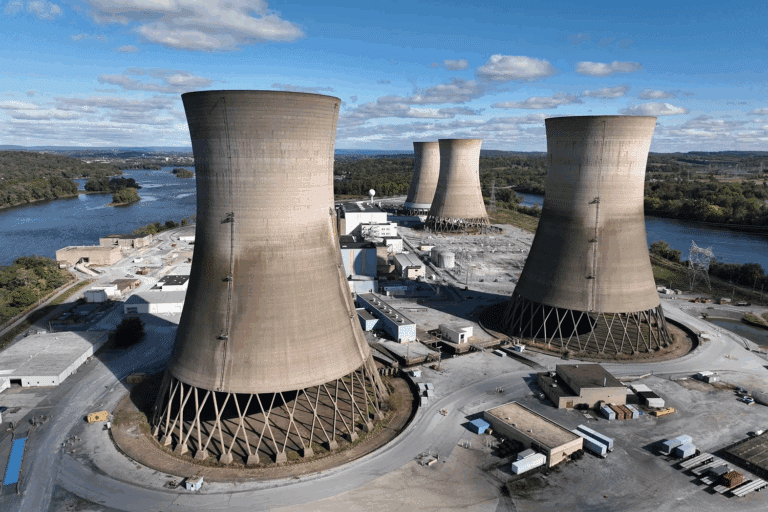Energy-economic models are increasingly being used to inform climate mitigation policies. This Comment describes three situations where models misinform policymakers and calls for more iterative, policy-orientated modelling exercises that maximize learning in the pursuit of long-term emissions reductions goals.
Energy-economic models are increasingly being used to inform climate mitigation policies. This Comment describes three situations where models misinform policymakers and calls for more iterative, policy-orientated modelling exercises that maximize learning in the pursuit of long-term emissions reductions goals.
Energy-economic models are complex quantitative tools used to inform climate policymaking by projecting future energy systems, economies and environmental outcomes. They derive relationships between large numbers of variables using a combination of theoretical concepts and historical data. Energy-economic models can be useful tools to help answer questions about policy design and costs, likely responses to incentives, how effects cascade across interconnected economic sectors, and more.
Policymakers look to modelling to support policy development or to help justify their preferred strategies. Analysts benefit when policymakers use their models to inform real-world decisions. Few incentives, if any, encourage the cautious and limited use of modelling in climate policymaking.
The general limitations of modelling are well documented1, but the modelling of climate mitigation policies may be especially prone to misuse. To help policymakers avoid these misuses, we describe three common situations that show how models can misinform climate policy decision-makers: (1) when the time horizon of the analysis is too long; (2) when the analysis is insufficiently comprehensive; and (3) when the analysis is insufficiently detailed. We finish with a discussion of how more limited and iterative modelling exercises can inform decision-making more effectively.





